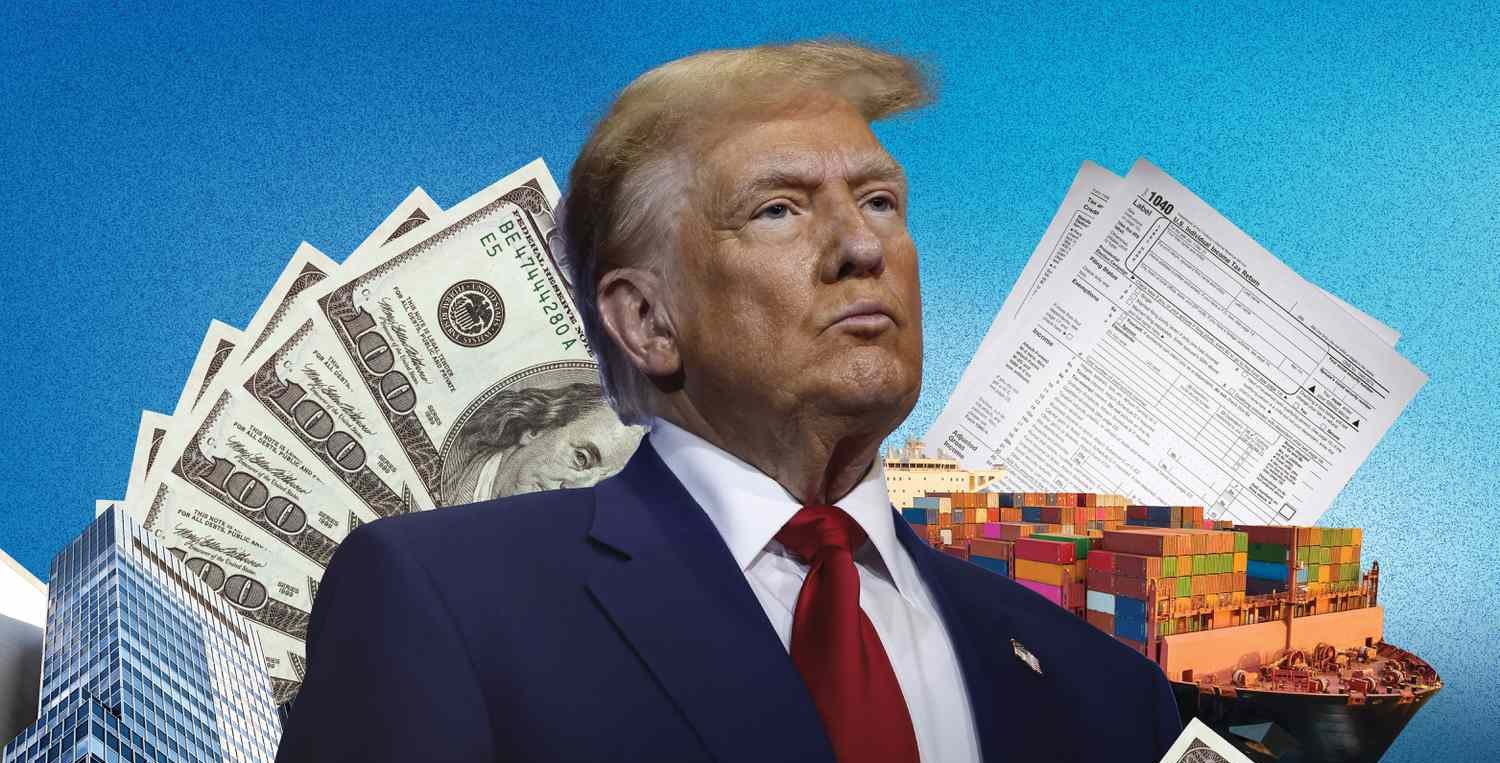As Donald Trump prepares to take office in January 2025, economists, investors, and policymakers are bracing for significant changes in the U.S. and global economy. Trump’s campaign promises, including tax cuts, tariffs, and deregulation, have already sparked debates about their potential impacts. Here’s a breakdown of what to expect from Trump’s economic policies in 2025 and how they might shape the financial landscape.
1. Tax Cuts and Fiscal Policy
One of Trump’s key promises is to extend the 2017 Tax Cuts and Jobs Act (TCJA), which is set to expire in 2025. This move could provide short-term economic stimulus by increasing consumer spending and corporate profits. However, critics argue that extending these tax cuts could widen the federal deficit, which is already approaching 100% of GDP. Economists estimate that Trump’s fiscal policies could add an extra $7.75 trillion to the national debt over the next decade, raising concerns about long-term economic stability.
2. Tariffs and Trade Wars
Trump has pledged to impose tariffs on imports from major trading partners, including China, Mexico, and Canada. A universal 10% tariff and higher levies on Chinese goods could increase consumer prices and inflation by up to 1%. While Trump argues that tariffs will protect domestic industries, economists warn that they could disrupt global supply chains and lead to retaliatory measures from other countries. This could harm U.S. exporters and reduce economic growth by as much as 0.5%.
3. Immigration and Labor Market
Trump’s plans for mass deportations and stricter immigration policies could have mixed effects on the economy. On one hand, reducing the supply of foreign-born workers might drive up wages in industries like agriculture, construction, and hospitality. On the other hand, it could lead to labor shortages and higher costs for businesses, potentially slowing economic growth. Analysts predict that these policies could add 1% to inflation while reducing GDP growth by 0.5%.
4. Deregulation and Business Environment
Trump’s focus on deregulation is expected to benefit industries like energy, finance, and technology. By rolling back environmental regulations and cutting red tape, the administration aims to boost productivity and attract investment. However, critics argue that deregulation could undermine efforts to combat climate change and increase financial risks. The appointment of Elon Musk to lead the Department of Government Efficiency highlights Trump’s commitment to streamlining government operations.
5. Impact on Global Markets
Trump’s policies are likely to create uncertainty in global financial markets. While U.S. stock markets may benefit from tax cuts and deregulation, companies reliant on international trade could face higher costs and reduced profits. European manufacturers, in particular, are expected to suffer from increased tariffs and disrupted supply chains. Additionally, Trump’s focus on fossil fuels could slow the transition to renewable energy, affecting sustainability-focused investments worldwide.
Looking Ahead: A New Economic Era?
Donald Trump’s return to the White House in 2025 is poised to bring significant changes to the U.S. and global economy. While his policies on tax cuts, tariffs, and deregulation could stimulate short-term growth, they also carry risks of higher inflation, increased debt, and global trade tensions. As the new administration takes shape, businesses, investors, and policymakers will need to navigate these challenges carefully.
The coming years will be a test of how these policies play out in practice. Will they lead to a booming economy, or will they exacerbate existing challenges? Only time will tell, but one thing is certain: the world will be watching closely.


